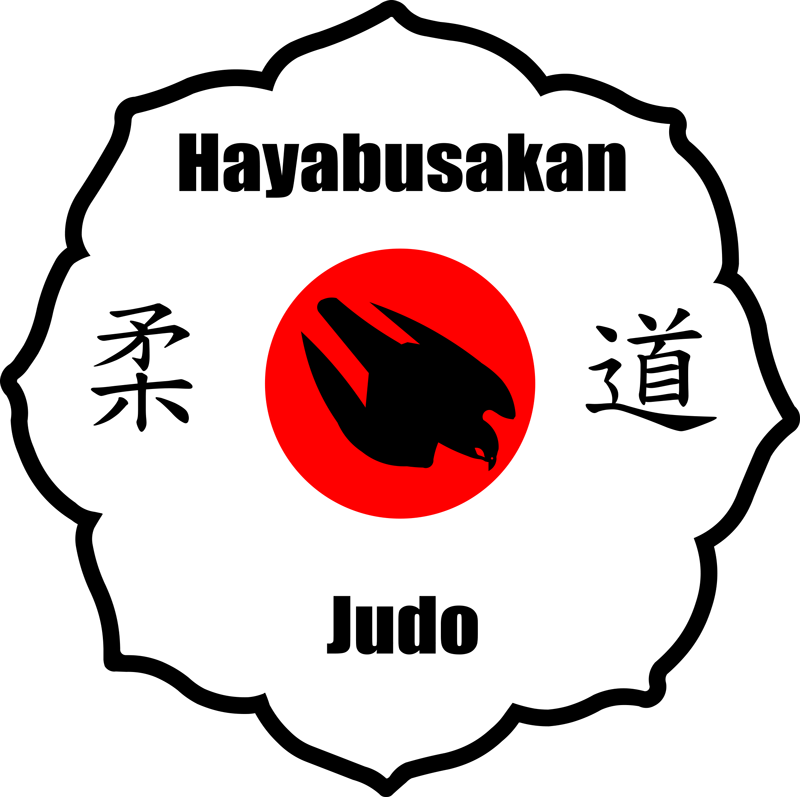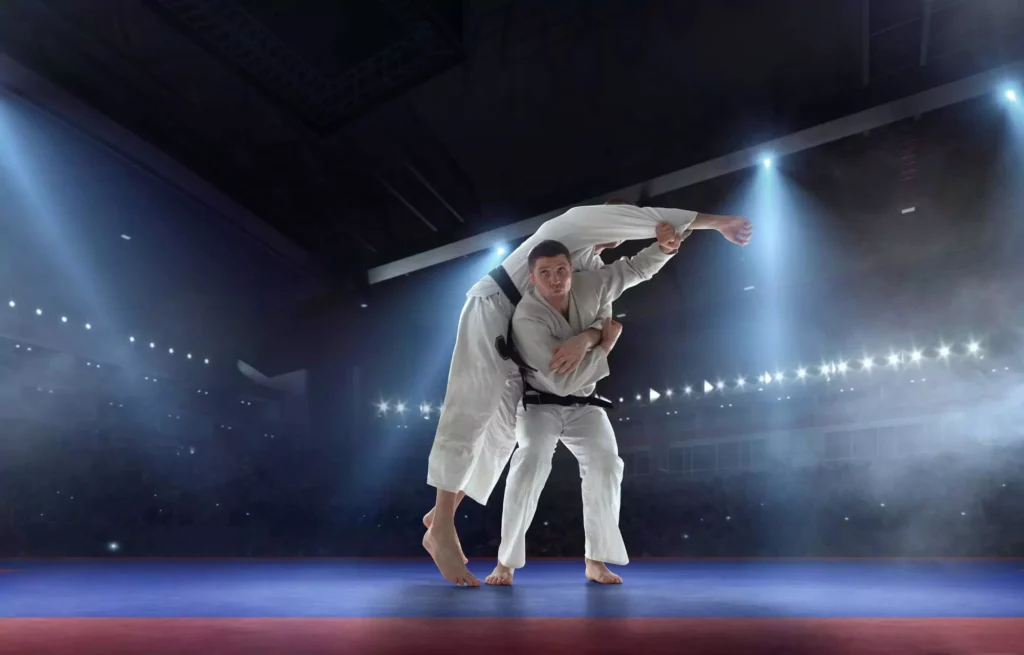From its traditional roots as a martial art for self-defense, judo has evolved into a globally recognized sport celebrated for its athleticism, strategy, and profound philosophical principles.
The inclusion of judo in the Olympic Games since 1964 catapulted its popularity and standardized its competitive framework. This global platform not only increased the sport’s visibility but also led to the establishment of uniform rules and regulations for international competitions.
Modern judo training methods have embraced scientific advancements, incorporating sports psychology, nutrition science, strength training, and technological innovations. Video analysis, specialized strength and conditioning programs, and data-driven strategies have become integral components of a judoka’s preparation.
Despite these advancements, judo remains rooted in its traditional values and techniques. The essence of judo—emphasizing respect, discipline, and personal development—remains unchanged. It’s a delicate balance between preserving tradition and embracing progress, ensuring the art form’s relevance and endurance in the modern era.
The evolution of judo showcases its adaptability—a journey from traditional roots to a contemporary sport while maintaining the core values and philosophy that make it a revered martial art.

